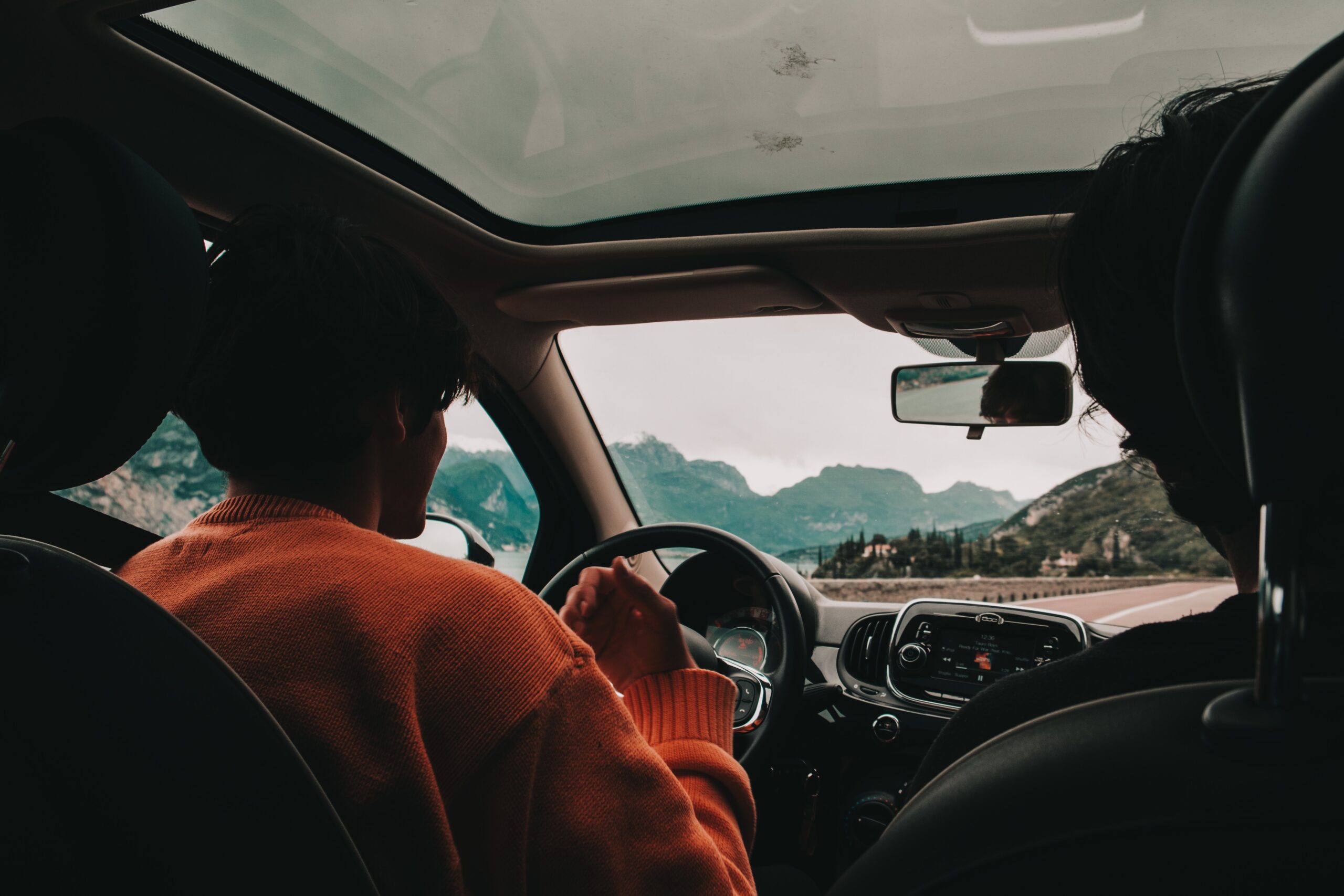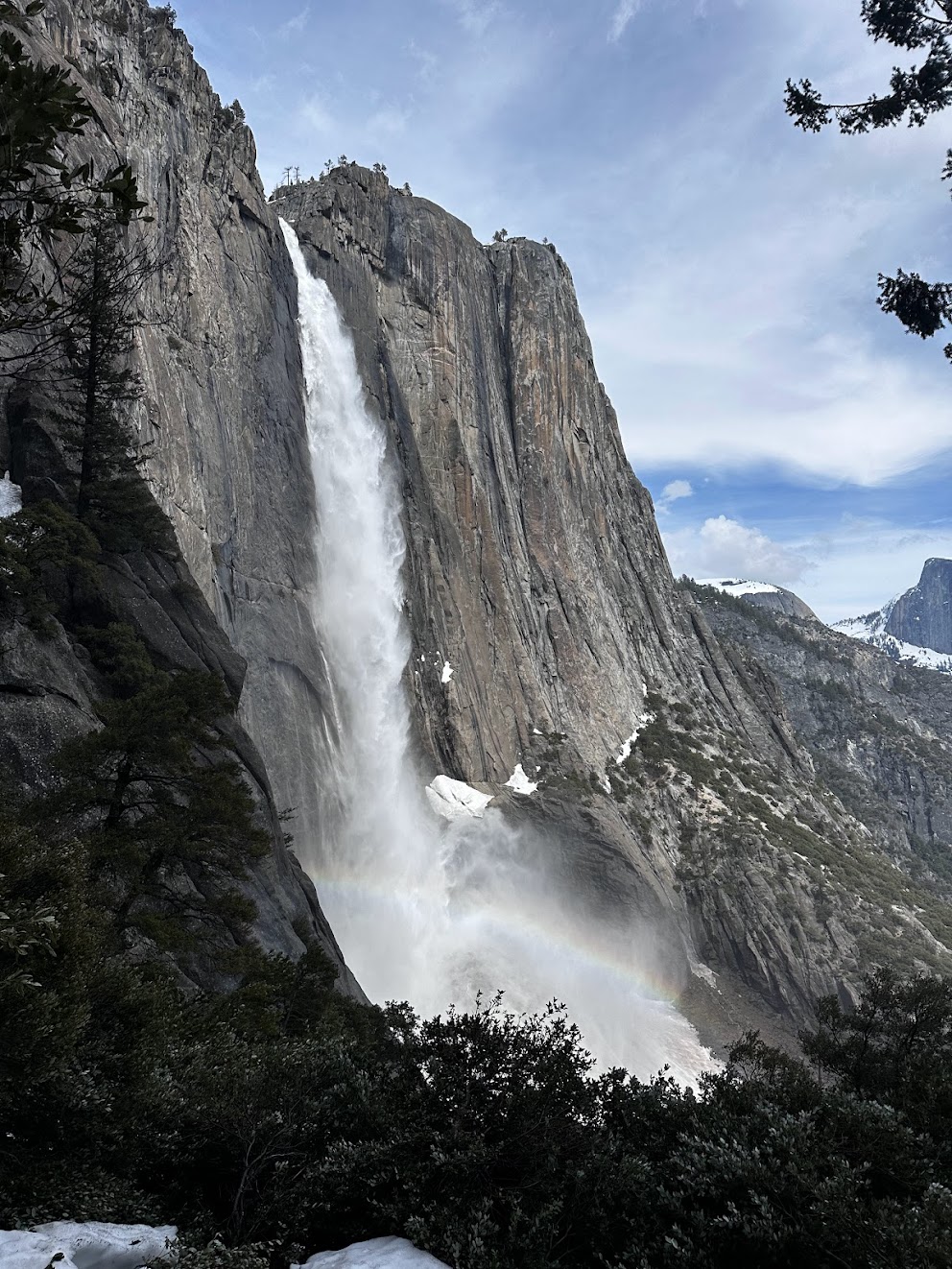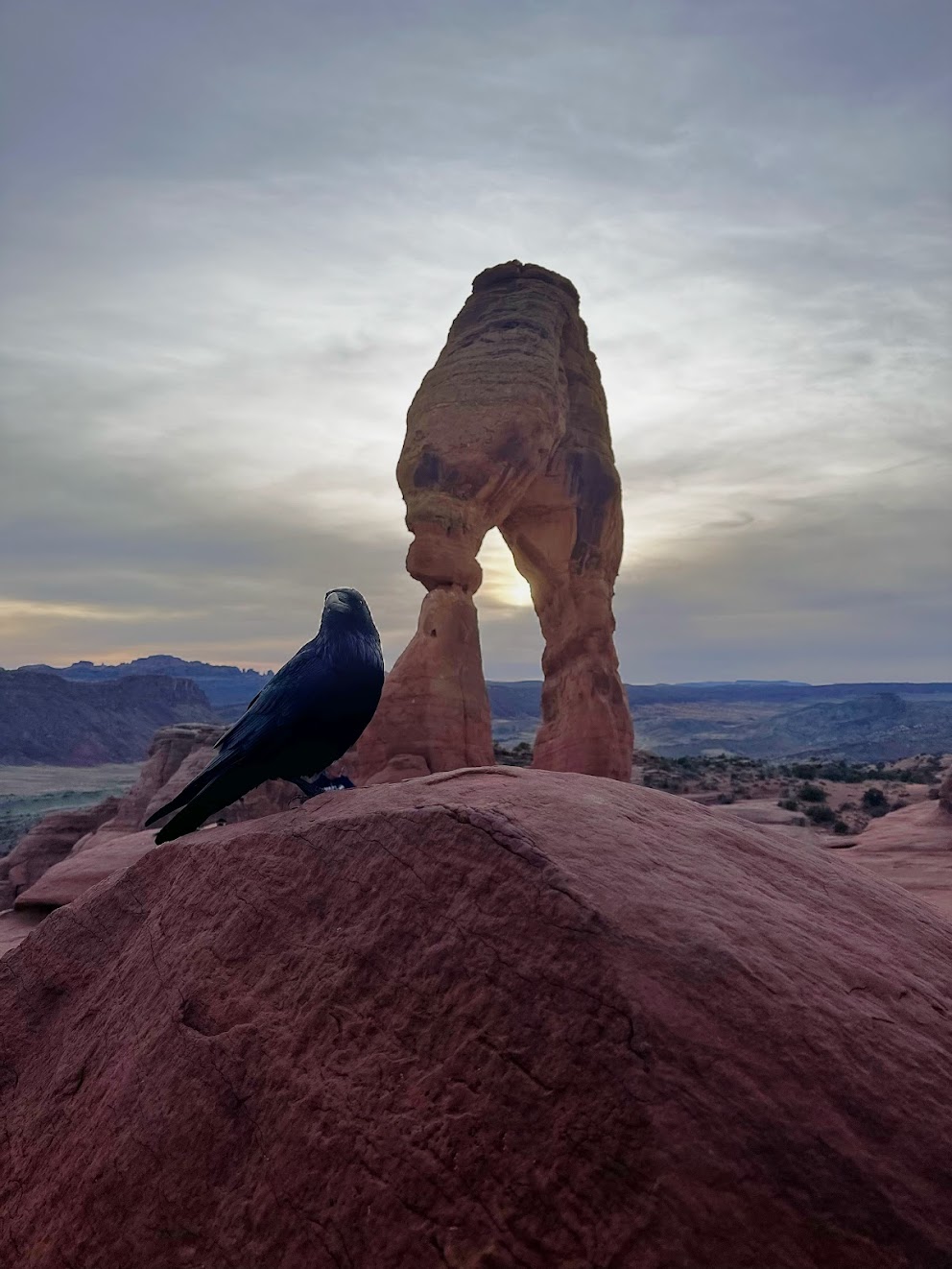Planning a road trip for the first time? It can be stressful to try to remember every possible expense you’ll encounter on your next adventure. Plus, how do you save money on a road trip? Many people just give in and accept the high costs that come with taking a trip. However, there are a ton of ways that you can make your trip less stressful and more affordable. Here are 5 simple things you can do to save money when designing a road trip budget.
Start with a specific budget goal.
It’s always a good idea to set the budget before you plan the trip. It’s easy to get carried away by trip ideals and best-case scenarios, but if you’re smart, you’ll plan a trip that you can pay for with cash. Ideally, you’ll have a few months or more to save up for this road trip. Once you have an idea of how much you want to spend, then you can decide the details. Whether your road trip budget is $500 or $5,000, you can plan something amazing – trust me. However, if you are restricted by a lack of funding, you will need to be smarter with how and when you spend your money.
Decide the “where” and “when” of your trip.
Deciding where you want to go, and for how long, is a big part of road trip budget planning. The further you drive, the more you are going to spend on gas. In addition, going to a national park is a LOT different than going to Las Vegas – both would be amazing road trips, but you won’t be spending as much money if you’re focused on being outdoors.
Do you want to go on a weekend trip or a multi-week trip? Of course, the length of your road trip has a huge effect on its cost. It is smart to decide your budget before you plan the trip details; that way there’s no risk of going staggeringly off-budget as you figure out the finer details of your adventure.

Pick your gas stations carefully.
There are a few strategies that will help you make the best gas station choices and stick to a road trip budget. First, you can download a gas station comparison app. There are a few on the market, and all of them will help you to find the biggest deals near you. Even when the cost difference is only a few cents per gallon – it adds up. Another way to lower the cost of gas is by paying with cash. Gas stations are typically charged a small fee when you use a credit card, and that charge gets passed to you every time. Paying cash will remove that extra fee, which (again) adds up. Lastly, if your car can handle it, choose regular-octane gas. It’s the cheapest of options, and works with most standard vehicles.
Allocate money to each category before you leave.
The main categories you should include in your road trip budget are transportation, accommodation, food and drink, fun/entertainment, and miscellaneous expenses. Transportation and accommodation will take up the biggest chunk of your budget – usually around 50% of the total cost. Everything else should take up the other 50% of your budget. When you divide your budget into realistically-sized categories, you’ll have a better idea of how many fun events you can afford. Try to save 5-10% of your budget for potential emergencies, such as car repairs or broken/missing items. Having the money already set aside can make any emergency a little less stressful.

Pick your high-priority stops.
Next, you’ll want to plan where you will stop throughout the road trip. When you visit a new place, the options are endless. The United States is filled with businesses that primarily rely on tourism to succeed. When you plan your road trip, make 80% of your event choices before the trip even starts. Research where you want to go and what you want to do there, look up how much it costs, and put every potential charge into your budget. My advice is to save about 20% of your “fun/entertainment” budget for random things you (or your road trip buddies) may want to do when you arrive.



